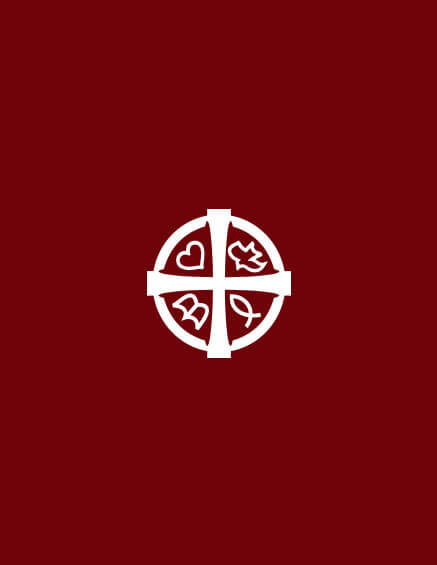What happened to the Apostles after the Book of Acts?
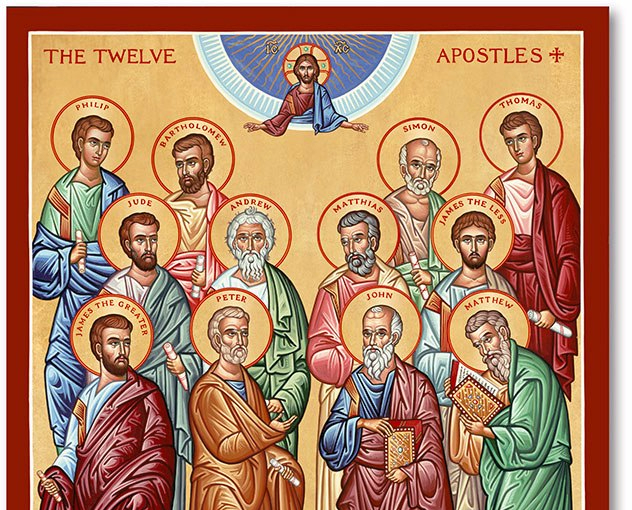
The Apostles were the disciples of our Lord Jesus Christ who were personally ordained by Him to go out and establish the Church throughout the world. From the Day of Pentecost, they went in the power of the Holy Spirit and did exactly as their Lord and Master had bid them, establishing churches through Jerusalem, Judea and Samaria, and the ends of the earth. Wherever they went, they preached the Gospel, healed the sick and performed many miracles, ordained elders for the fledgling churches and travelled extensively, as a result of which the Gospel of salvation was proclaimed to all men and nations across Europe, Asia and the Indian sub-continent in the first century itself!
These were men like no other. Because of their work and contributions, they hold the highest rank among the saints of the Church. In addition to their work, we honor them because they passed on the very words and teachings of the Lord Jesus down to us in the form of oral traditions and written Gospels. That is why the Church, which was built on the foundation laid by these Holy Apostles, fondly remembers them and commemorates their memory every year separately on their Feast Days, and jointly on the occasion of the Apostles’ Lent.
On the occasion of the Apostles Lent, the Church calls upon us to honor the Apostles and emulate their lives and examples. Though the Scriptures do not tell us much about how the Apostles fared after the Book of Acts, we do have various sources from the tradition of the Church that tells us about the further events of their lives and ministry.
The Later years of the Apostles after the Book of Acts
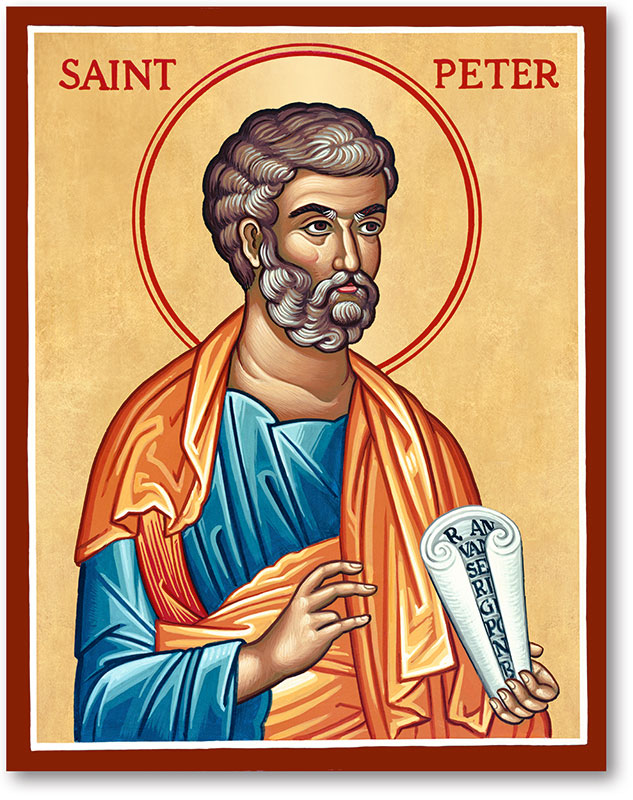
St. Simon Peter
Simon, also known as Peter, was one of the most prominent disciples of Jesus Christ, and one of the most important leaders of the early Christian Church. It was he who first preached the Gospel on the Day of Pentecost, resulting in 3000 members being added to the Church that day. He was extensively used by God to preach the Gospel to the Jews as well as the Gentiles, travelling to Samaria and other places and finally to Rome, where he met his martyrdom.
There is abundant testimony in the early Church that St. Peter was crucified around 66 AD in Rome under the persecution of Emperor Nero. The Church traditions state that he was crucified upside down because he didn’t consider himself worthy to die the same way Jesus did.
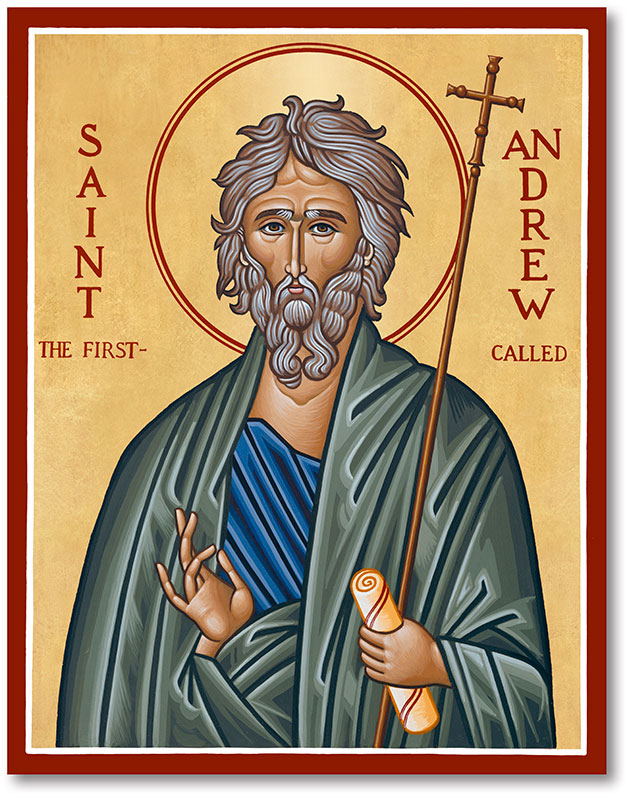
St. Andrew the First-Called
St. Andrew, the brother of Simon Peter, is known as the “Protokletos” or the First-Called, because St. John’s Gospel tells us that he was the first disciple called by the Lord Jesus Christ. It was he who brought his brother Simon to the Lord Jesus. After the Day of Pentecost, he travelled north from Jerusalem, eventually bringing the good news to what is now Russia and the western regions of the former Soviet Union. He later travelled through modern day Turkey, establishing the church in Byzantium (later Constantinople) and Greece where he was martyred in the Greek city of Patras at around 60 AD.
The church traditions tell us that like his brother, Peter, Andrew didn’t consider himself worthy to die in the same way as Jesus, and so he was bound—not nailed—to a cross which was hung in an X shape instead of a T. This is the reason why an X-shaped cross is sometimes referred to as St. Andrew’s Cross.
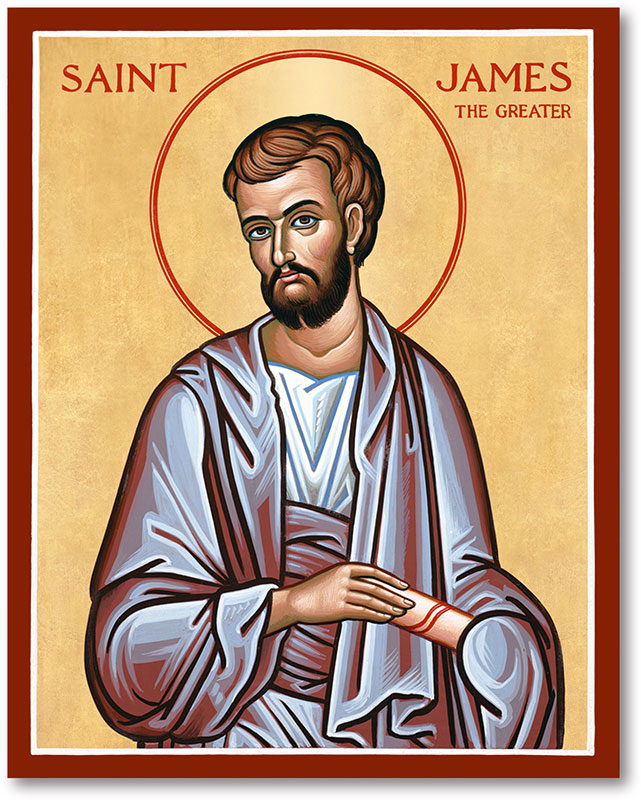
St. James the Greater
St. James, the son of Zebedee, was the first of the Apostles to be put to death for the sake of Christ. Acts 12 records that King Herod Agrippa I had St. James killed by the sword in Jerusalem. King Herod did this to please the Jews who were not happy with the growth of the Christian sect.
It is believed that the year of St. James’ martyrdom took place in 44 AD. Some decades later, St. Clement of Alexandria recorded that the soldier who guarded St. James was won to Christ because of the saint’s testimony, and that he was put to death along with St. James.
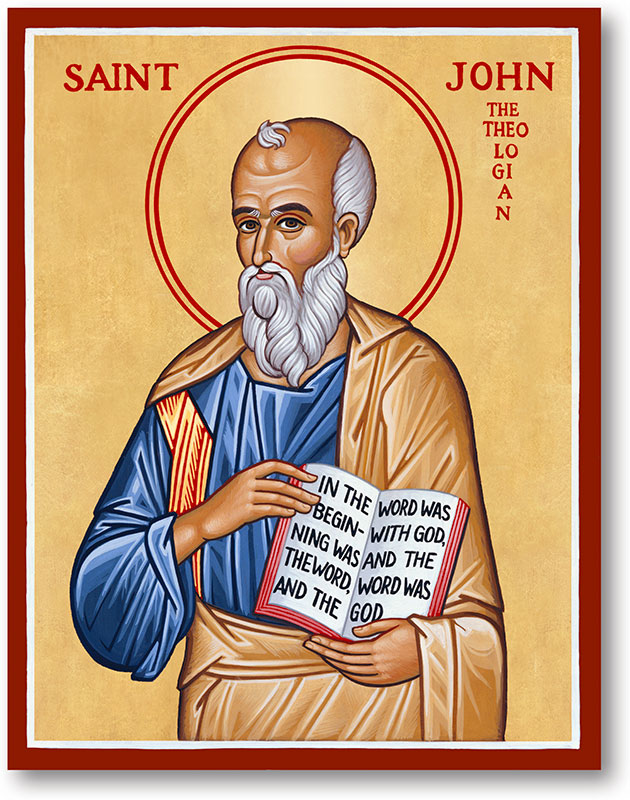
St. John the Beloved
St. John was the son of Zebedee and the younger brother of St. James. He was also the beloved disciple of the Lord Jesus who was entrusted by our Lord to take care of his mother Mary. When St. Mary died, it is said that St. John went to Ephesus, where he wrote his three epistles. From there, he was exiled to the island of Patmos by the Emperor Domitian in around 90-95 AD for preaching the gospel, where he received the revelation from Christ and wrote the Book of Revelation. Eventually, he made it back to Ephesus and died an ordinary death sometime after 98 AD.
Thus, St. John is the only one of the 12 Apostles who was not put to death for his faith. Nevertheless, he suffered greatly for the sake of Christ throughout his long life. Tertullian, a Christian writer from the late second century, wrote that before the Emperor Domitian banished John to Patmos, he had him brought into a coliseum and dunked in a vat of boiling oil. When he emerged unharmed, the entire coliseum was amazed and many converted to Christianity. This is why some of the ancient icons depict St. John in a vat of boiling oil.
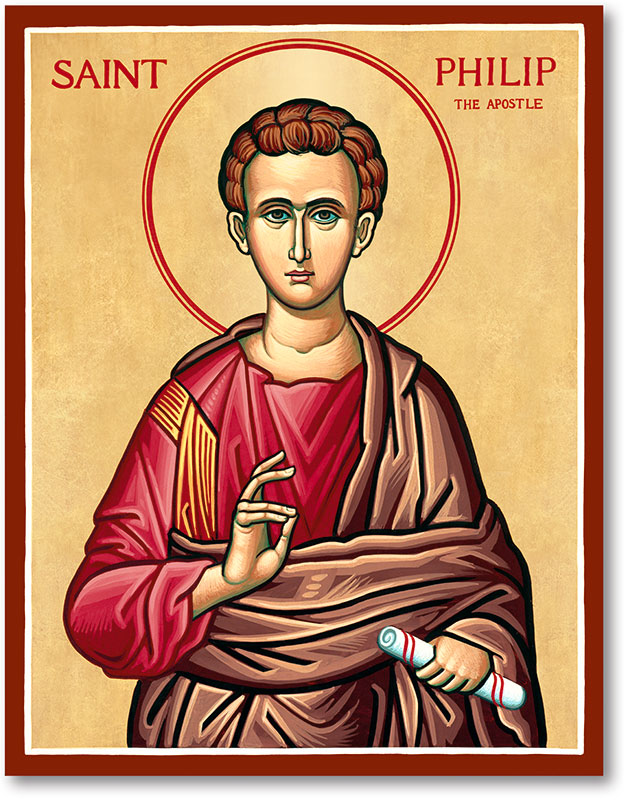
St. Philip the Evangelist
St. Philip the Evangelist (to distinguish him from St. Philip the Deacon) was so well versed in the Holy Scriptures that he immediately recognized Jesus as the Messiah upon seeing him the first time. It was he who had brought Nathaniel to the Lord Jesus.
After Pentecost, St. Philip began preaching the Gospel in Galilee. The Jews were upset by his ministry and it is said that the high priest even ran at him to club him to death, but miraculously this Jewish priest was blinded. Then, it was only after St. Philip’s prayer that his eyesight was restored. St. Philip continued to minister in the regions of Galilee and healed many of the sick, due to which many continued to become Christians.
Later, St. Philip went to preach the Gospel in Asia and Greece, along with his sister Mariamne, the Apostle John and the Apostle Bartholomew. It is said that while he was preaching in a Greek city called Hierapolis (in modern-day Turkey), the wife of the Roman Proconsul believed the Gospel and became a Christian. This enraged the Proconsul so much that he had Philip brutally put to death. The date of his martyrdom is said to be around 80 AD.
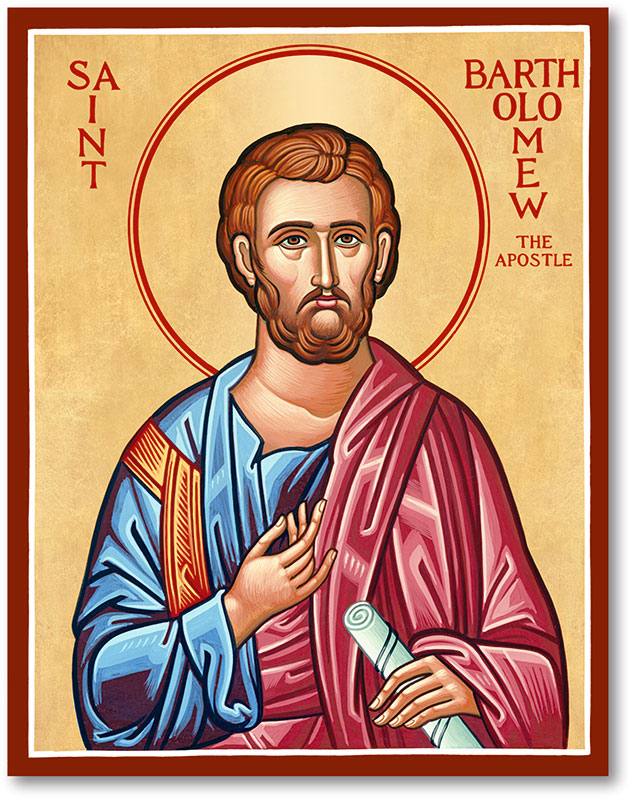
St. Bartholomew
St. Bartholomew, who is also called Nathaniel, is said to have initially travelled to India with St. Thomas. Later, he preached the Gospel in the trade routes between Ethiopia and the South Arabian regions along with St. Philip and his sister Mariamne. Later, he went alone to Armenia. Traditions say that he cured the Armenian King’s daughter of insanity, and that he was martyred in the city of Alban in Armenia, either by being flayed alive.
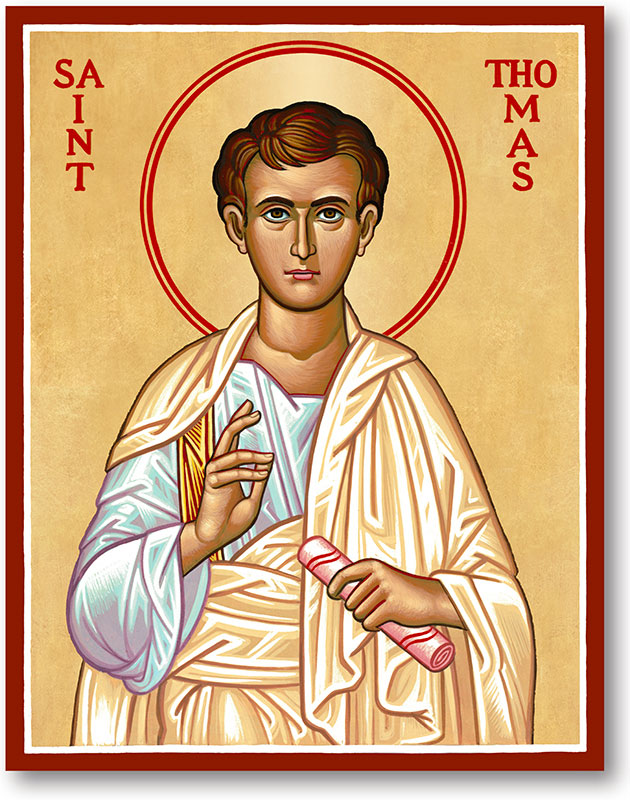
St. Thomas
St. Thomas (also known as ‘Didymus’ which means ‘twin’). had initially doubted the resurrection of the Lord Jesus because he had not been present with the other disciples when the Lord had appeared to them. But his faith in Christ was restored when he saw the Lord later, and with renewed zeal he began travelling east with the message of the Gospel to Syria and Iraq. Eventually, he came to India where he preached the Gospel in the northern and southern parts. It is said that he then travelled as far as Malacca and China with the Gospel after which he returned to India.
He then went on to lay the foundation for the church in the state of Kerala, India, establishing seven large churches that still exist today. The Syrian Christian tradition specifies that he was then martyred in Mylapore in the state of Tamil Nadu, India, on July 3, 72 AD. It is said that he was killed with a spear. This is why most icons that depict him today show him holding a spear.
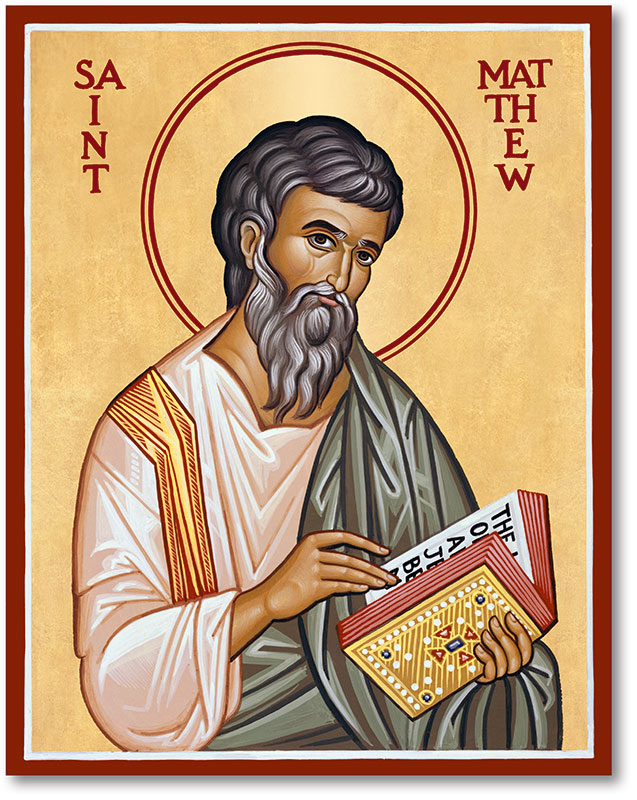
St. Mathew
St. Matthew (also called Levi) had previously been a tax-collector before he met the Lord Jesus. After our Lord’s resurrection, St. Mathew began preaching the Gospel among his own people, the Jews. Then he travelled to Parthia (modern day Iran) and eventually, he went to Ethiopia to spread the gospel.
There, he was successful in winning many to Christ. But Fulvian, the ruler of the region, decided to kill him and so commanded his soldiers to set Mathew on fire. The traditions state that though St. Mathew died, his body was not consumed by the fire. It is said that later Fulvian, Matthew’s persecutor, repented of his sins and became a Christian, going on to even renounce his worldly titles and then become a presbyter who strengthened the Church in Ethiopia.
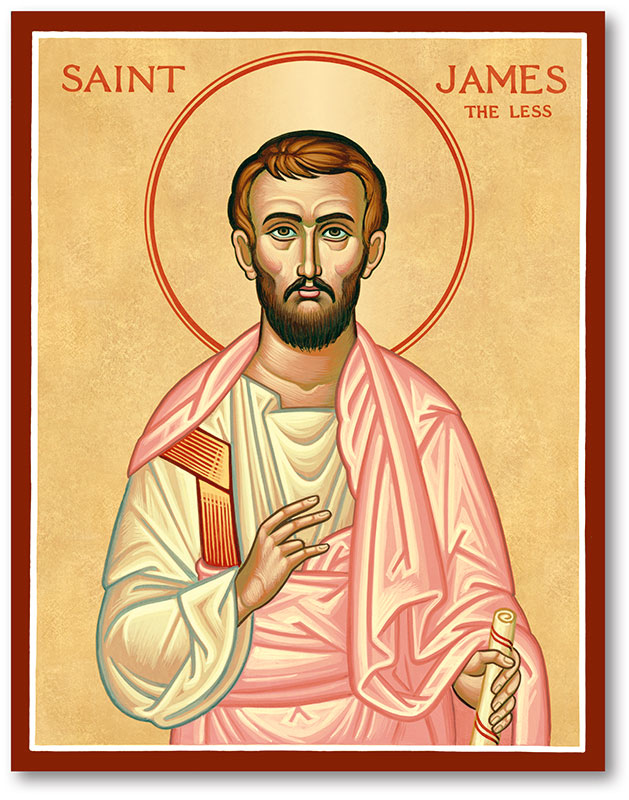
St. James the Lesser
We do not have many records about St. James the son of Alphaeus. The traditional sources tell us that after the Day of Pentecost, St. James went with the other Apostles on missionary journeys throughout Judea, Edessa, Gaza, and Eleutheropolis, proclaiming the Gospel, healing all sorts of sickness and disease, and converting many to the path of salvation. It is said that he was crucified by pagans in the Egyptian city of Ostrachina.
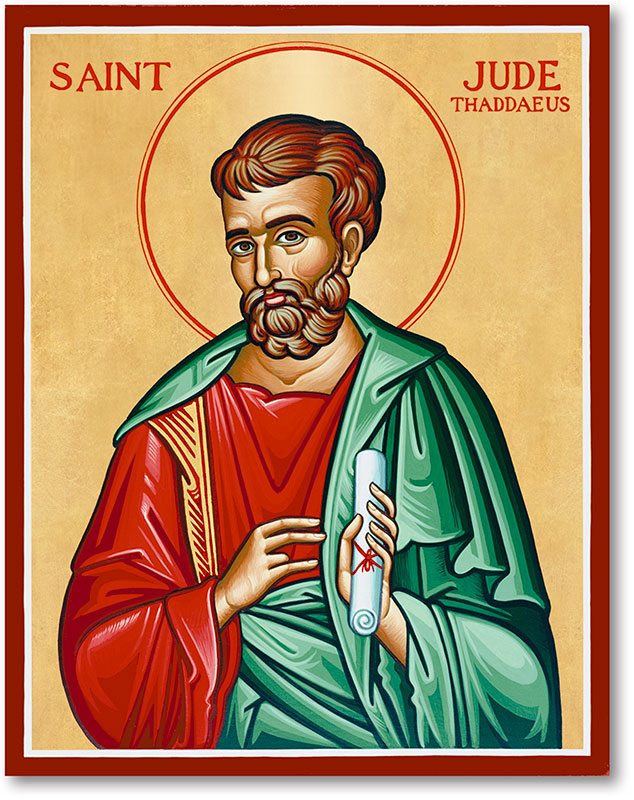
St. Thaddeus
St. Thaddeus, also known as St. Jude, was one of the half-brothers of our Lord Jesus Christ. Other than the Epistle he wrote, we do have much information about his life and ministry. What is known is that St. Jude preached the Gospel in Mesopotamia, Arabia, Idumea and Syria, and that he was martyred in Lebanon in around 80 AD.
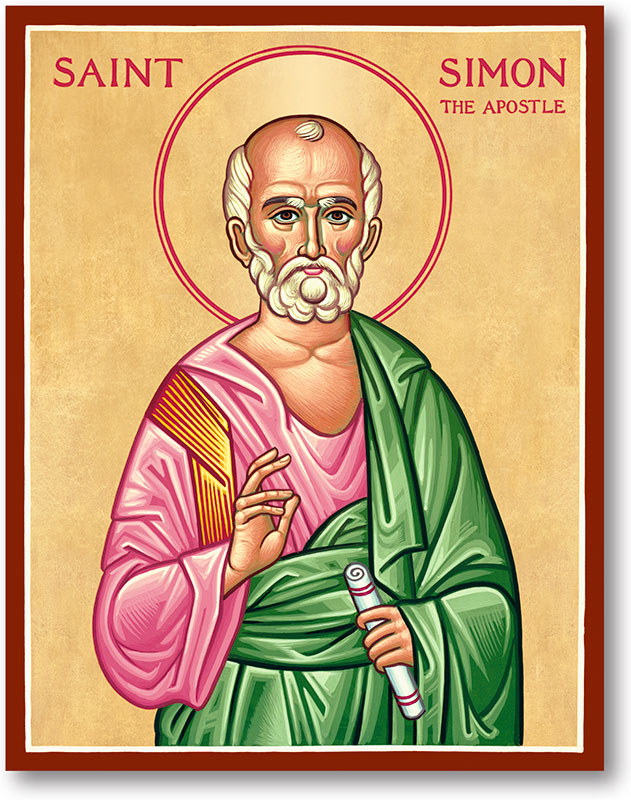
St. Simon (the Zealot)
Simon (the Zealot) was from Cana in Galilee, and was known to the Lord and His Mother. Tradition says that he was the bridegroom at the wedding where the Savior performed His first miracle. After witnessing the miracle of the water which had been turned into wine, he left his home, parents and bride to follow Christ.
After the Descent of the Holy Spirit on Pentecost, St. Simeon extensively travelled to many places in Africa and Europe, from Britain to the Black Sea, proclaiming the Gospel of Christ to all who heard him. After winning many to the Lord, he was tortured and crucified in Abkhazia, Georgia.
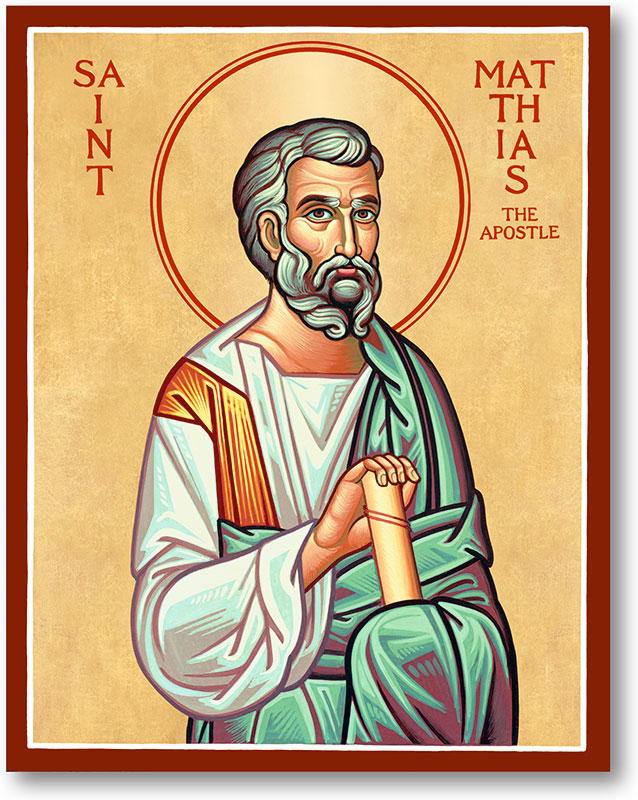
St. Matthias (who replaced Judas Iscariot)
Matthias was one of the Seventy Evangelists who had been chosen by the Lord Jesus to preach the Gospel in Judea before His death and resurrection. After our Lord’s ascension, the Apostles chose Matthias to take the place of Judas Iscariot, while they were waiting for the Holy Spirit.
After the Day of Pentecost, St. Matthias continued to preach the Gospel at Jerusalem and Judea together with the other Apostles. From Jerusalem he went with the Apostles Peter and Andrew to Syrian Antioch, and was in the Cappadocian city of Tianum and Sinope. Here the Apostle Matthias was locked into prison, from which he was miraculously freed. He continued preaching the Gospel in the areas around Macedonia, Georgia and even Ethiopia.
In all his travels, he was frequently subjected to deadly peril, but the Lord preserved him to preach the Gospel. A tradition tells us that once, pagans forced the saint to drink a poison potion. He drank it, and not only did he himself remain unharmed, but he also healed other prisoners who had been blinded by the potion. When Saint Matthias left the prison, the pagans searched for him in vain, for he had become invisible to them.
The Apostle Matthias later returned to Judea continued preaching the Gospel and performing miracles, thus bringing many to faith in Christ.This enraged the Jewish leaders who arrested him and later stoned him to death in around 63 AD.
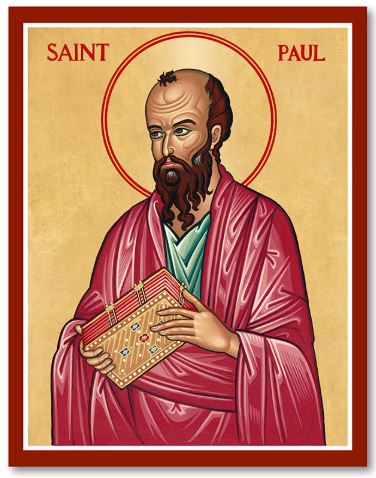
St. Paul, the Apostle to the Gentiles
As is evident from the Book of Acts, St. Paul wasn’t one of the original 12 Apostles, but he was ordained by the Resurrected Christ as an apostle to the Gentiles.
As is recorded in the Book of Acts by his companion, St. Luke, St. Paul extensively travelled with the message of the Gospel all through Europe and Asia Minor, eventually ending with his missionary journey to Rome. He suffered for the Lord throughout his life. In addition to imprisonment and multiple threats to his life, Paul wrote in 2 Corinthians 11:25 that “Three times I was beaten with rods. Once I was stoned. Three times I was shipwrecked. Once I spent a whole night and a day adrift at sea.”
Though his death isn’t recorded in the Bible, it is one of the more well-documented martyrdoms in the early church. Numerous early church fathers wrote that he was beheaded by emperor Nero in around 66 AD, possibly at the same time as St. Peter.
Lessons from the lives of the Apostles
When we examine an overview of the life of the Apostles, we can understand many profound things about these people “that turned the world upside down”
1. Firstly they were normal people. In fact, many of them were common people, fishermen, tax-collectors, zealots or rebels. They were not the sort of people expected to revolutionise society. But they changed the whole world. They performed many miracles, healed the sick, escaped prisons, were unharmed by fires and even poison. They wrote profound Gospels and Epistles that are still relevant to the Church today. How was this possible? Because of the power and the anointing of the Holy Spirit upon them.
2. Secondly, they made mistakes, just like us. St. Peter denied Christ. St. Paul was stubborn and he earlier persecuted Christ’s followers. Yet, all of them received forgiveness from God and continued growing in the grace given to them. Judas was the only exception. Instead of turning to God for forgiveness for his betrayal, he committed suicide. We must remember that the same grace and forgiveness of God given to the Apostles is available to us in the Church, in the Sacraments. Let us remember that we always have hope because of the mercy and transforming grace of God.
3. Thirdly, all the Apostles embraced suffering for the sake of the Gospel. Except for St. John, all of the Apostles were tortured and died as martyrs. Beginning from St. James the Greater, all of them “drank the cup that Jesus drank”. Even today, the Church recognizes the price the Apostles paid to lay her foundations, in that most of the icons that depict the Apostles show them holding the instrument associated with their death. We too, are called to follow in the footsteps of the Apostles by embracing suffering. Let us not be afraid of hardships for the sake of Christ. Let us choose to suffer for the sake of the One who gave up everything for us.
Conclusion
The Fast (and feast) of the Apostles gives us an annual occasion to reflect upon the lives and example of the Holy Apostles. But remembering them is not enough to honor them. We must remember that the task of the Apostles did not end with their earthly lives. It was entrusted to their followers and spiritual descendants – all who consider themselves the disciples of the Lord Jesus Christ. And so we the faithful must honor the memory of the Apostles by ensuring that we continue the work that they began – to make disciples of all nations as per the Lord Jesus’s final commission to His followers.
[1] Traditions say it was because two fingers on the hand of St. Thomas were joined that he received this name. Another tradition says that it was because he was the twin brother of Adai.
[2] Historical evidence shows that the St. Thomas Churches from the state of Kerala, India have existed from the first century of Christianity. Even today, these churches have several parishes and dioceses all over India and the world.
[3] Acts 1:12-26.
[4] Acts 9:15, Romans 11:13.
[5] Acts 17:6.
[6] Mark 10:39.
